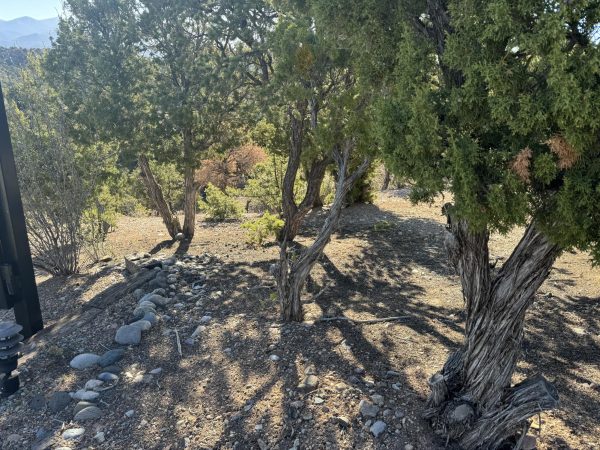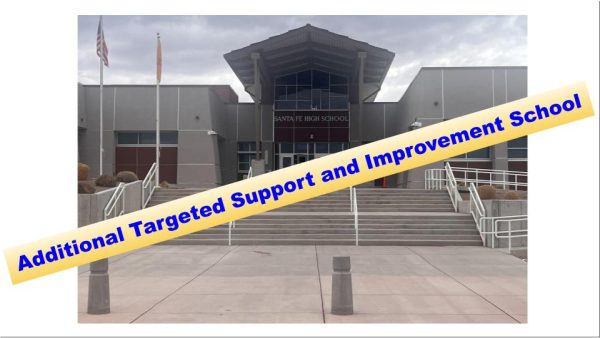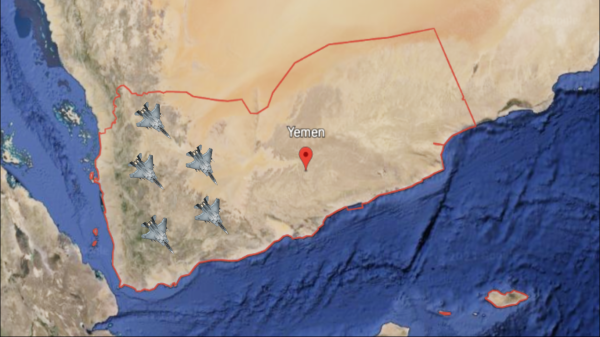Standing Rock Protest: A Stepping Stone for the Native Community
October 27, 2016
One of the largest Native American protests in the history of the United States, the Standing Rock protest over the Dakota Access Pipeline, is still going strong. Since last spring, more than 3,000 people have come together to stop the pipeline; protestors range from environmental activists to members of approximately 300 tribes, including some tribes from New Mexico such as Sandia and Pojoaque pueblos.
If it were to go through, the 1,172-mile pipeline would run under the Missouri River, possibly contaminating Standing Rock reservation’s source of water and the water of nearby communities, in addition to disturbing ancestral land and the tribe’s sacred sites.
According to Energy Transfer Partners, the company behind the $3.8 billion project, the pipeline is needed because there is a surplus of oil in North Dakota. Because there is more than the state can use, it needs to be transported out of state, which would be safer by pipeline than by train or truck.
The supporters of the pipeline want it to continue because it would, in theory, provide nearly 12,000 jobs, as well as domestic energy, according to Energy Transfer Partners. Those who oppose the pipeline argue that the majority of those jobs would not be permanent since they deal with only the initial construction of the pipeline.
Some are inconvenienced by these protests, which has led to complaints by residents because of blocked and closed roads and an increase in traffic. Some school buses have required police escorts. But many don’t see the bigger picture: People’s lives are at stake.
The protest came to a new height when protesters were maced as well as attacked by security dogs on Sept. 3, according to tribal spokesman Steve Sitting Bear. As of Oct. 27, nearly 100 people have been arrested for trespassing and disorderly conduct. (The chairman of the Standing Rock Sioux tribe, David Archambault II, says the peaceful protest has always followed the rules.)
According to tribal officials, construction was halted on Sept. 6 when the tribe exposed that the U.S. Army Corps of Engineers didn’t fully consult with tribal leaders, which caused the case to be taken to court.
But on Sept. 9, District Judge James Boasberg, who oversaw the case, allowed the construction to continue, even though the construction near Lake Oahe, nearby the reservation, is not allowed to go through since it’s part of the protest area.
Then, in a stunning development, the federal government — the Department of the Interior, the Department of Justice, and the Army combined — stepped in to stop that order, and to halt construction.
Many tribal leaders, including Archambault II, say President Obama has done so much for the native community by helping tribes get back their land and working with tribal governments. Recently Obama stated that the government needs to work with the tribes more, and that the federal government should better integrate the native viewpoint into infrastructure decisions. He has prioritized tribal issues such as land, resources, and treaties.
According to the Standing Rock representative, the tribe is now part of an alliance with other tribes from the United States and Canada to stop future pipelines.
This is not the first time there have been large protests on native issues. Some of the protests include Wounded Knee and Alcatraz, where hundreds of Native Americans protested and even seized land.
But it’s still the same story: People are not respecting Native Americans and not treating them with dignity. This protest is just the beginning of addressing problems that the indigenous community faces.













Briar Lachance • Nov 2, 2016 at 1:42 pm
I agree with the protesters. Native do not get the respect they deserve. That is there land. The government needs to step down and realize they don’t own everything in the country. Stop the pipeline construction! The government just refuses to take no for an answer. And we have to rely on those people with our money and national security? I don’t think so!